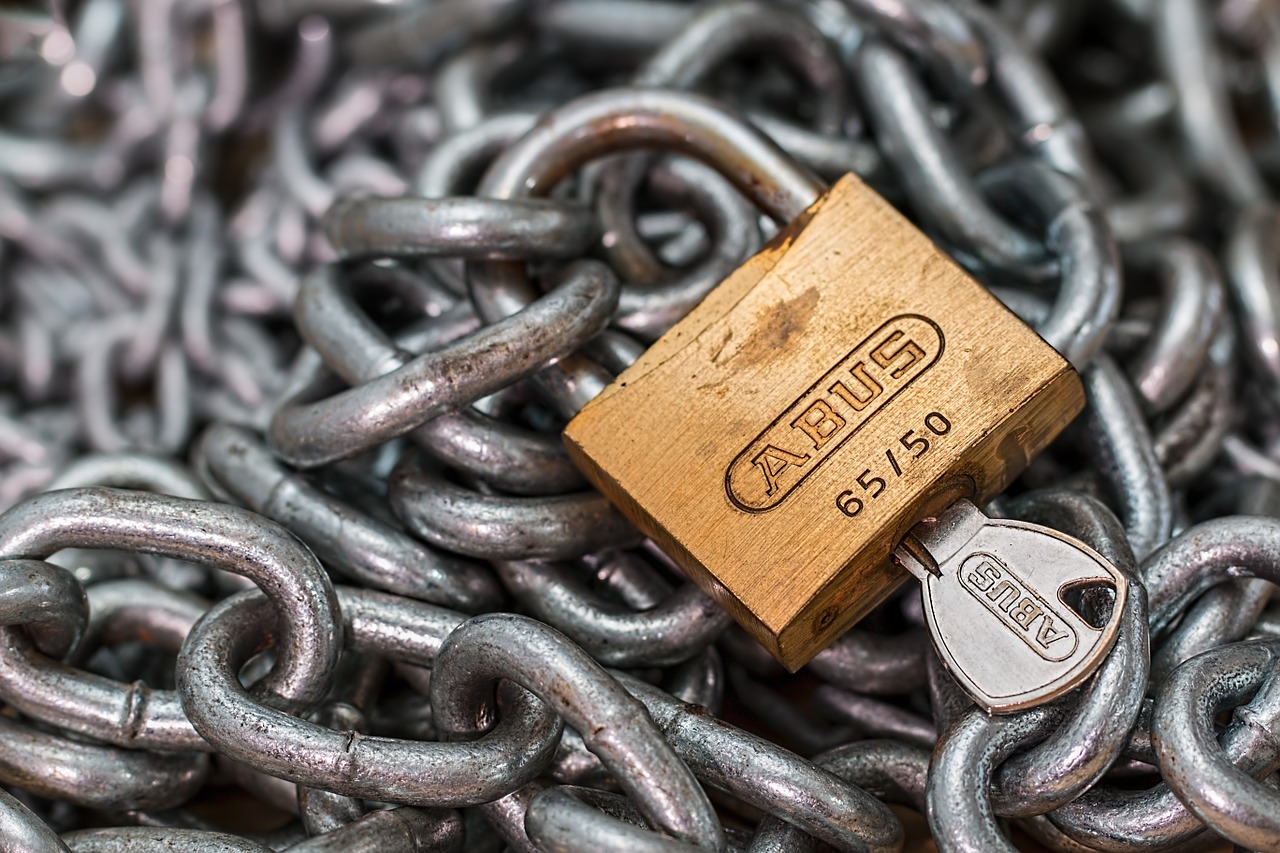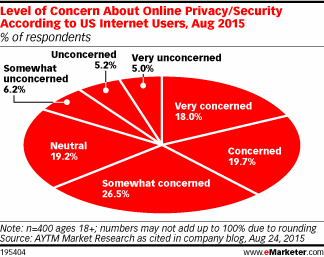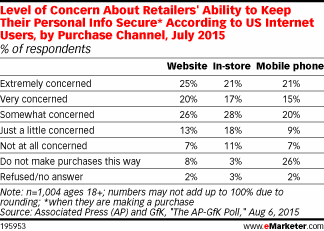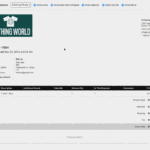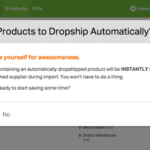Each week, we publish a mishmash of ecommerce-related, insight-infused articles for your to smash through. Just as we collect business information across all of a merchant’s channels in a single place, we’re doing the same for ecommerce-related content from a variety of top tier content creators.
An unfortunate fact of selling online (and offline) is fraud. As more and more consumers head online to buy, it inevitably impacts merchants (even merchant relationships with suppliers), but it also affects consumers. Where there’s fraud, there’s customer apprehension.
In this week’s mishmash, we’ll cover a few of the ways consumers commit it, how to prevent it, addresses and locations to be wary of, consumers’ own feelings toward the security of their information, how you should go about gaining their trust through design, and ensuring that your own suppliers won’t fraud you.
Defining Fraud
Before getting into the fray, let’s talk about how fraud varies by definition.
- True fraud – Pure and simple, this is identity theft. A merchant accepts payment from a pesky scammer. The actual owner of the credit card sees a fraudulent purchase, reports to their credit card company, and the account is closed.
- Chargeback fraud – This is when a customer makes a purchase but files a chargeback in order to get a refund, hoping to keep the product in the process. It’s often used by fraudsters dealing with payment processors like PayPal.
- Friendly fraud – When a customer has beef with a purchase because it wasn’t made intentionally or was made with a misunderstanding. Think of a kid taking mommy’s credit card, a drunk customer making a purchase at 3 a.m., or a customer unclear about product specifics.
Each of these examples differs in intention, but they’re each fraud nonetheless. Fortunately, there are ways to stamp each out, which Multichannel Merchant spells out. If you’re a merchant experiencing a high rate of fraud, tools are out there to assist — like Address Verification Systems and Card Verification Values (those three or four digits on the back of a card). And when one of those troublemaker customers persistently pops up, feel free to blacklist them.
Pinpointing Problem Areas
Just where is fraud coming from? Where are the locations that it’s most prevalent? Experian has an interesting study for you — in its analysis of more than a million online transactions, the city of Eudora, Kansas, smack dab in middle America, hits the top of the list. As it turns out, fraudsters like to share fake addresses, and they’re big fans of Eudora, which ranked #1 in riskiest shipping zip code, and #2 in riskiest billing zip code.
Alongside ecommerce’s boon is a boon in online fraud: over the course of the past year, it jumped 15% according to the study. And the most populous states naturally tend to be the ones committing the most fraud; California, Florida, and New York have high shipping and billing fraud potential. Here are some red flags to be aware of.
Top ten riskiest billing ZIP codes:
- Houston, 77036
- Eudora, Kan., 66025
- Miami, 33192
- Miami, 33166
- Homer, Alaska, 99603
- Miami, 33195
- Winchester, Ill., 62694
- Central Lake, Mich., 49622
- Miami, 33136
- Harrington, Del., 19952
Top ten riskiest shipping ZIP codes:
- Eudora, Kan., 66025
- Miami, 33195
- Miami, 33192
- Miami, 33166
- Nettleton, Miss., 38858
- Winchester, Ill., 62694
- South El Monte, Calif., 91733
- Central Lake, Mich., 49622
- Elizabeth, N.J., 07201
- Houston, 77036
Fear of Hacking
Rest assured, ecommerce’s growth is surging (and is expected to follow that trajectory over the coming months, if not years). But while consumers’ willingness to buy online has jumped significantly over the past few years, a roadblock remains: security over personal information.
Two studies — one by the Associated Press and Gfk, and one by AYTM Market Research — depict a reasonable amount of consumer concern over offering personal details online when buying. In both studies, more than a quarter of respondents stressed concern over e-retailers’ abilities to safeguard info.
What exactly is it that they’re concerned with? Mostly stuff related to their personal identities rather than their credit card digits. A study by Harris Interactive found that nearly half of info-fearing respondents were mostly concerned with their social security numbers (45%), followed by banking information at 27%. Credit cards hit 13%, less of an issue as more credit card companies are willing to prevent and fix fraudulent charges.
Security Through Style
But perhaps the first step in establishing an environment that encourages security is your website’s design. Despite the abundance of tech out there, ecommerce still contains some restrictions, most notably the fact that your store is entirely two-dimensional, made of boxes and text. And it’s for that very reason that design plays such a crucial role.
Adobe presents the design essentials that every e-retailer must understand as they craft their webstore. The importance of content and copy cannot be understated — without content, there’s nothing worthwhile to look at, and without copy, design will fall flat on its face. Strong typography, a speedy site, and large imagery work wonders as well. And, of course, quality product photography also remains crucial if you’re to successfully convince a conversion.
And it isn’t a completely qualitative matter; data suggests that a site’s presentation has direct and immense influence on getting consumers to engage. The way your content is presented, whether that’s product, copy, or any other media, is most important to consumers — at 65% according to Adobe research. If it’s displayed terribly, 9 out of 10 are more than willing to bounce off your page in a heartbeat. Having interesting content is one thing, but presenting interesting content is another… that happens to matter a lot more.
Trusting Your Suppliers
On the merchant side of life, there are just as many areas of concern regarding fraud and security. For many, the biggest fear has to do with the relationships they rely on: their suppliers. One supplier in particular, Alibaba, the world’s largest supplier directory, is of key interest to many e-retailers looking for cost-effective products.
It’s no shocker that Alibaba is the world’s largest marketplace and supplier directory given the massive population in Asia, as well as its rising importance in ecommerce. The problem for merchants, however, is whether they can trust them; the marketplace is notorious for dupes and frauds.
Alibaba or not, Shopify covers the ins and outs of working with directories, explaining what to look for — whether it’s unit price or minimum order quantity — as you determine which products you’ll be sourcing. To combat any scams, from middlemen to straight scammers and low-quality dealers, Shopify walks you through how to best verify whether your potential supplier is legit. Give it a look!

